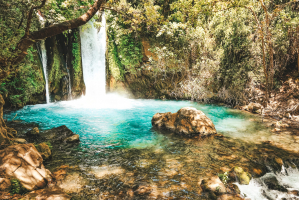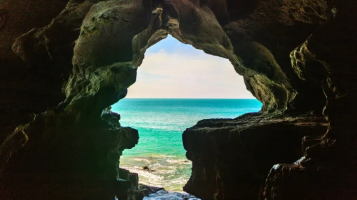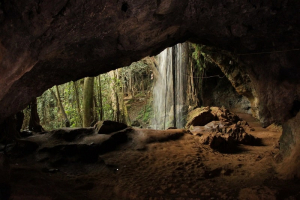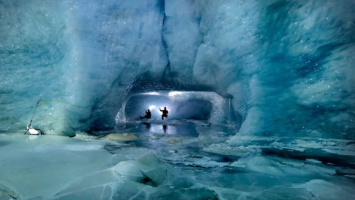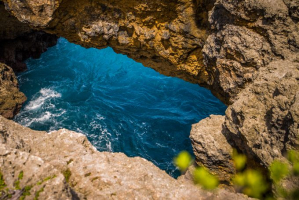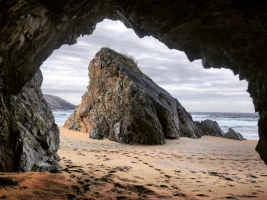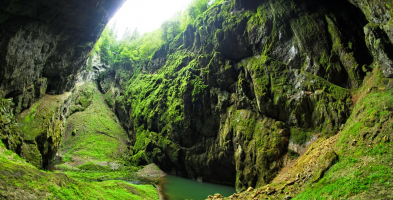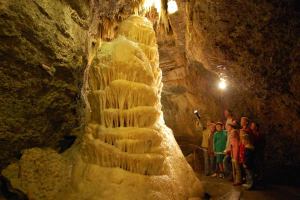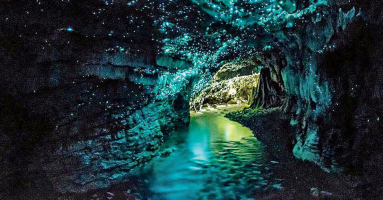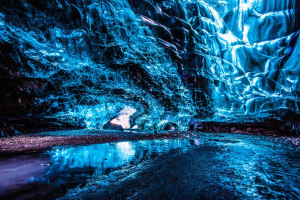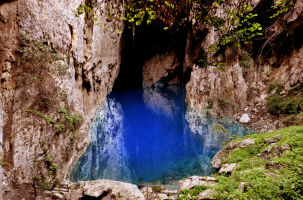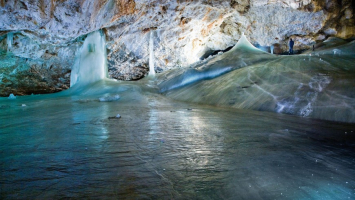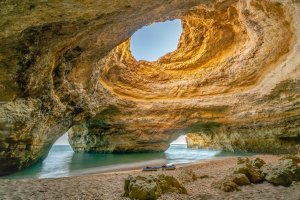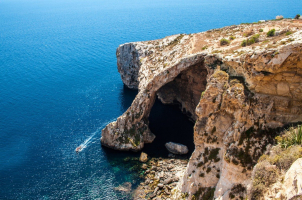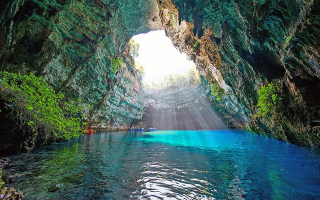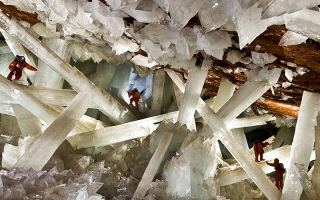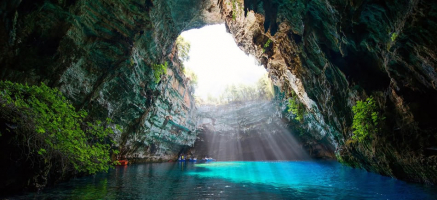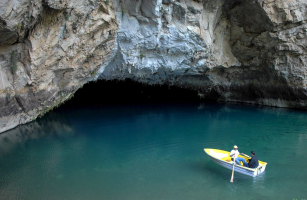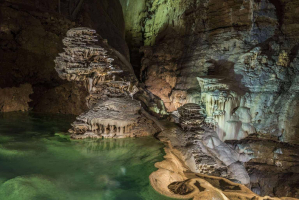Top 5 Most Beautiful Caves In Israel
Caves in Israel are well-known for their ancient treasures. Every year, many renowned researchers and archaeologists roam through the vast 1,200 caves systems ... read more...in the hopes of finding answers to many mysteries about Israel’s past. While many of these caves are natural, you will find hundreds of man-made caves with ties to Biblical and historic events. Tolist thought it would be fun to come up with a list of top 5 most beautiful caves in Israel to visit on your next trip to Israel!
-
The Soreq Cave, also known as the Avshalom Cave, tops the list of the most beautiful caves in Israel. A forest of stalactites, the longest of which is more than 13 feet long, hangs from the roof of the 50,000-square-foot cavern, produced over millennia by the gradual dripping of water via fissures in the ceiling. A series of tall stalagmites rise from the floor beneath them, and some stalactites and stalagmites have united to form pillars. The result is an unique subterranean world full of unusual formations, including organic-looking coral reefs and tentacles. Other formations have been compared to elephant ears, ice cream cones, the Lion King, and the United States Capitol Building, among other things.
Since the installation of a contemporary lighting system, the whole image has become even more surreal. The cave has been lit by the white light of automobile headlights for years. However, photosynthesis was initiated, and the algae inside the cave began to expand, threatening to cover the exposed rock formations in a uniform smear of dark green moss. The park administrators then attempted to eliminate the algae by utilizing ultraviolet light at night, but the algae soon developed resistance to UV light.
Location: the western slopes of the Judean mountains
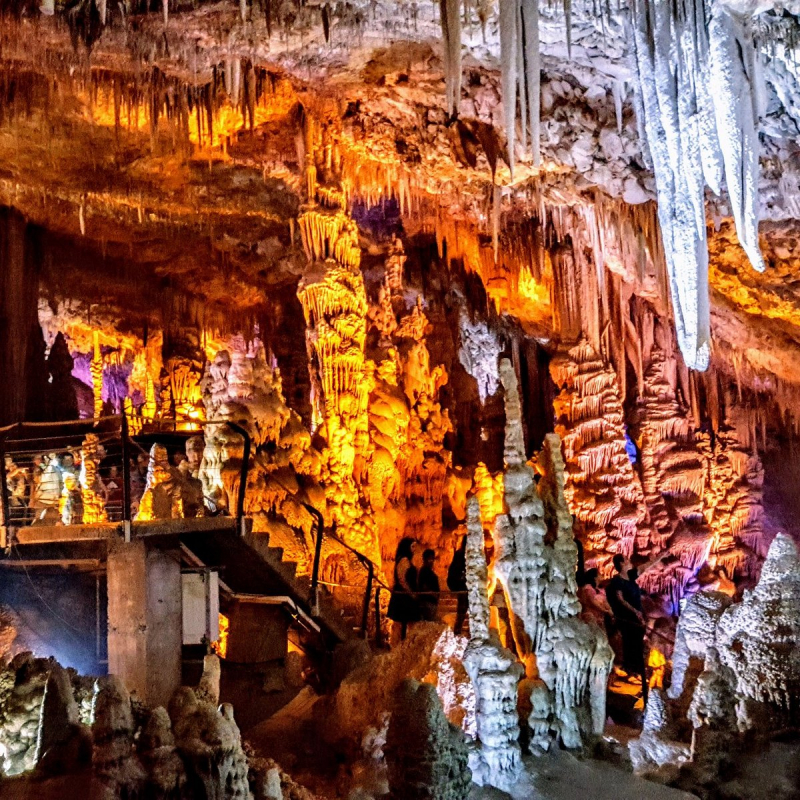
latimes.com 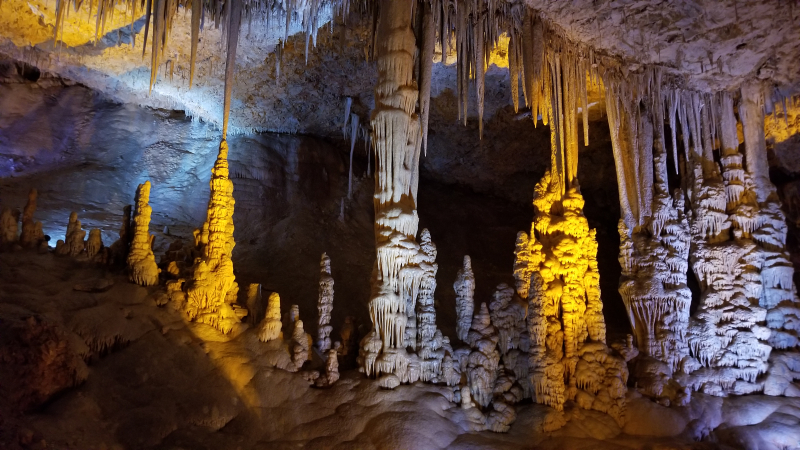
latimes.com -
This magnificent oasis may be found in the Nahal Zin, or "Zin Valley," the longest wadi in Israel's Negev Desert. Avdat refers to the historical Nabatean city nearby, which was a trading station along the incense route thousands of years ago. Ein is the Hebrew word for "spring," and Avdat refers to the ancient Nabatean city nearby, which was a trading post along the incense route thousands of years ago. Water holes in the desert are always magical, but they were also necessary for existence in this parched environment in antiquity. The area's first permanent human settlements originate from the Byzantine era, when Christian monks resided in caves along the canyon that can still be seen today.
Rooms where the monks lived and prayed, as well as recesses that acted as cupboards, can be found inside these colossal structures. Stairs leading to the springs were also created by the monks. After the Muslim takeover of the region, the caves were abandoned, and they are now part of the Ein Avdat National Park.
Location: Negev, Israel
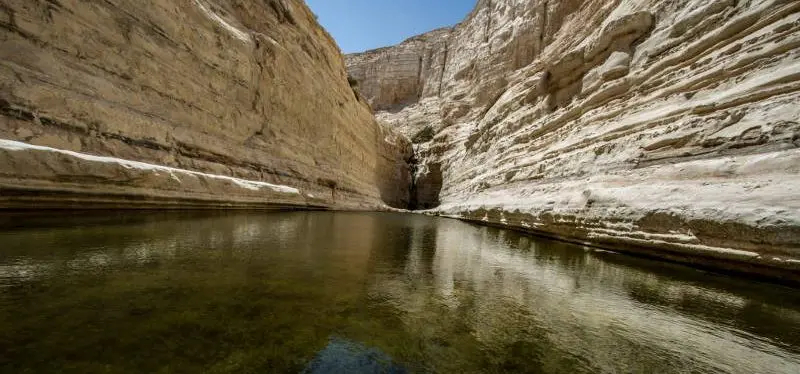
hike-israel.com 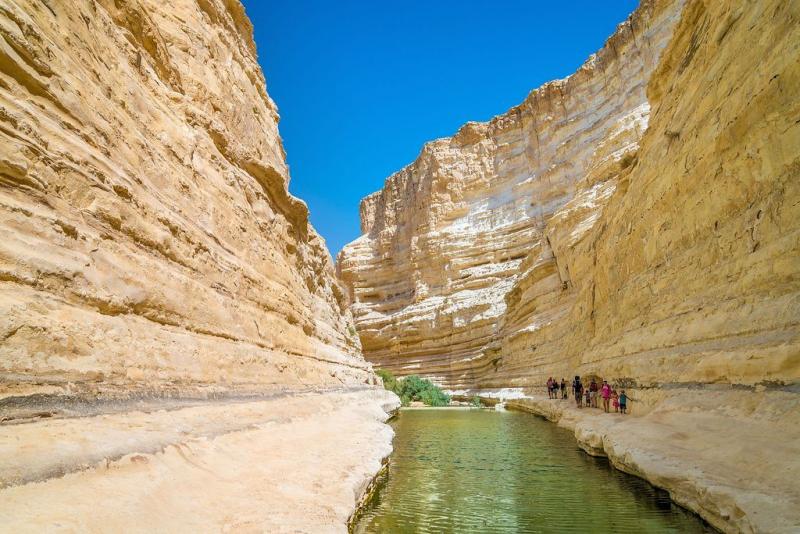
en.parks.org.il -
The ancient Jewish settlement of Bet She'arayim or Kfar She'arayim, made famous for its necropolis, now known as Beit She'arim National Park, is today known as Beit She'arim. The location, which was purchased by the Jewish National Fund and identified as Talmudic Beit She'arim by historical geographer Samuel Klein in 1936, was originally known by its Arabic name Sheikh Ibreik or Sheikh Abreik. The archaeological site is mostly made up of a vast necropolis of rock-cut tombs and some ruins of the town itself, which has only been partially investigated. The National Parks Authority is in charge of the site. It is five kilometers west of the moshav named after the historical place in 1926, a decade before its archaeological discovery. It borders the settlement of Kiryat Tiv'on on the northeast. It is located in the southern slopes of the Lower Galilee, 20 kilometers east of Haifa.
The necropolis was designated as a UNESCO World Heritage Site in 2015. More than 30 burial cave systems may be found in the town's enormous necropolis, which is fashioned out of soft limestone. When researchers first discovered the catacombs in the twentieth century, the tombs had already fallen into ruin and neglect, and the sarcophagi contained therein had virtually all been broken into by grave robbers looking for gold. Based on the sort of terra-cotta lamps discovered in the area, the pillaging is thought to have occurred between the 8th and 9th century CE. The robbers also removed the deceased's bones from their stone coffins.
The "Cave of the Coffins" (Catacomb no. 20) functioned as a sanctuary for Arab shepherds during the Mameluk period (13th-15th centuries). In late 1872, Lieutenant C. R. Conder of the Palestine Exploration Fund visited the site and reported one of the cave systems, dubbed "The Cave of Hell" (Mghâret el-Jehennum). He discovered an Agrippa coin while excavating a catacomb, leading him to believe that the ruins date from "later Jewish times, around the Christian era." During his excavations at Sheikh Abreik, Benjamin Mazar uncovered coins from the reigns of Constantine the Great and Constantius II.
Location: Kiryat Tiv'on, Israel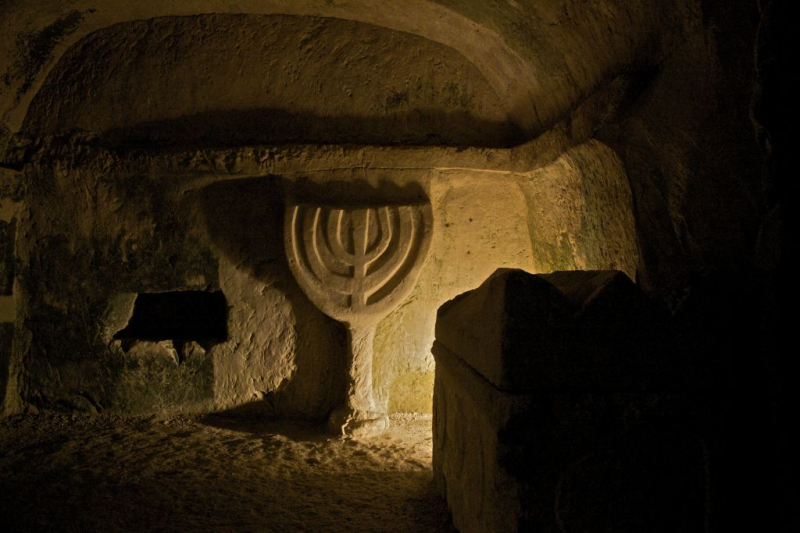
timesofisrael.com 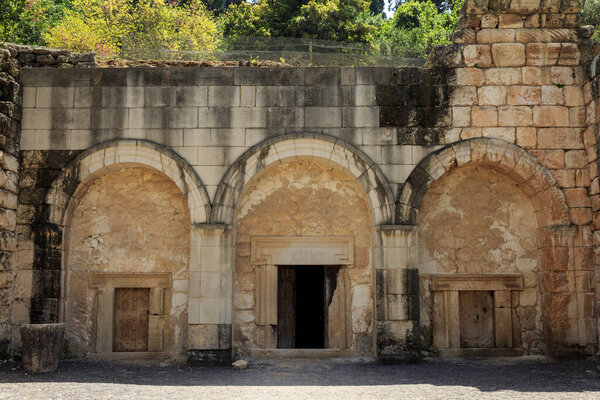
timesofisrael.com -
The 4th most beautiful caves in Israel, Zedekiah Cave, also known as Solomon's Quarries, is a 5-acre (20,000 m2) underground meleke limestone quarry in Jerusalem's Muslim Quarter, spanning 5 city blocks. It has been cut through for thousands of years and is the remains of Jerusalem's largest quarry, stretching from Jeremiah's Grotto and the Garden of the Tomb to the Old City walls. In Freemasonry, caves have an important historical significance.
The 300-foot-long subterranean room is totally man-made, having been hollowed down over generations. It is estimated that the overall area is roughly five acres. Herod the Great used this quarry for construction operations around 50 CE, notably the Second Temple and the Western Wall. During the 16th century, Suleiman the Magnificent had the cave sealed, fearing that enemies might exploit it to dig tunnels right into the center of Jerusalem.
The cave was sealed until 1854, when an American missionary named James Turner Barclay discovered the entrance after his dog ran through a small opening exposed by heavy rain. A German religious cult came into the grotto in the 1880s, but was forced out by Turkish and German authorities. The Freemasons were also attracted to the cave because they are related to King Solomon, who is thought to be the first Grand Master. In 1868, the Freemasons of Israel held their first ceremony in the cave, and the Freemasons of Israel now have an annual ritual there every year.
Location: Jerusalem
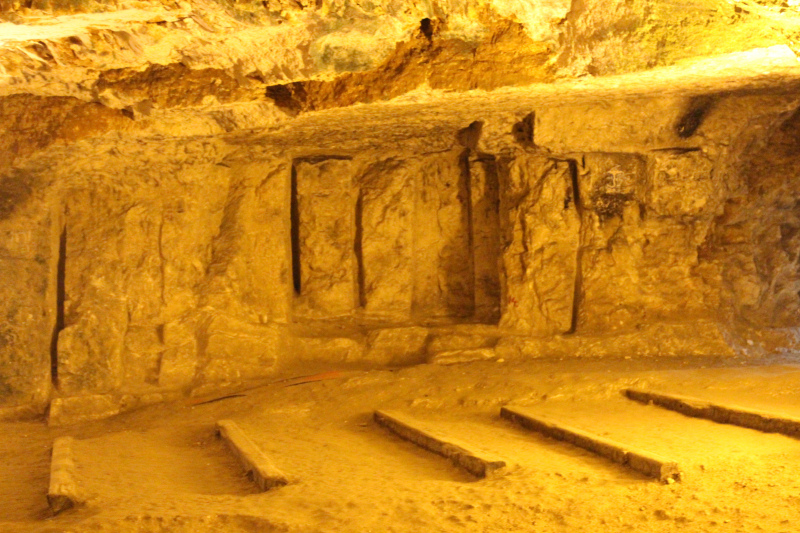
bautrip.com 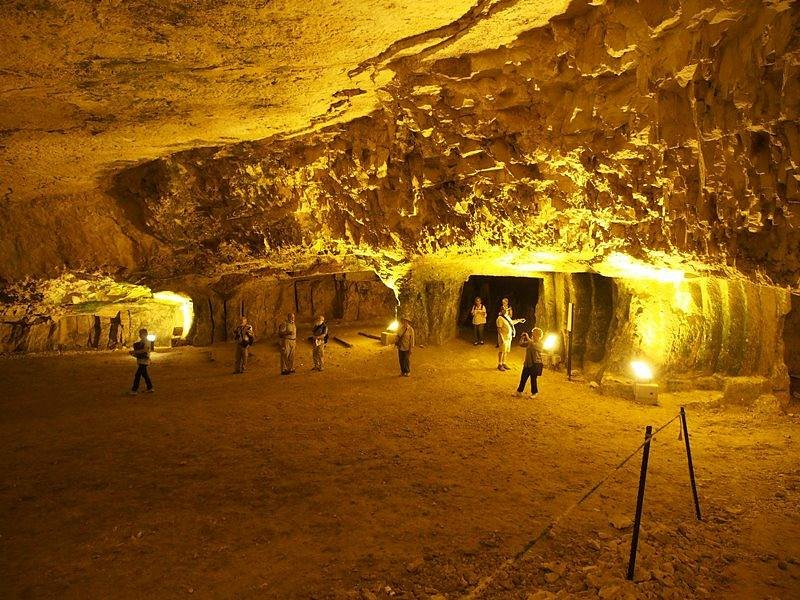
tripadvisor.com -
Beit Guvrin is a significant archaeological site located 60 kilometers south of Jerusalem in southern Israel. Beit Guvrin National Park contains 5,000 dunams and includes the ruins of Tel Maresha, an ancient city. The site has a turbulent history dating back to the First Temple Period and up to the present day, but for many visitors, the spectacular caverns of Beit Guvrin are the main draw.
The Crusaders renovated St. Anne's Church in the 1100s, but it dates back to the Byzantine era. Today, a magnificent high semi-circular domed stone construction may be seen. The painted Greek Sidonian burial caverns, which date from the 3rd to 1st centuries BC, are another fantastic find in Beit Guvrin. The Beit Guvrin Sidonian community's leaders' graves are artistically adorned, with burial niches on both sides of the caves and a bed-like structure at one end for the Sidonian patriarch.
A 200BC Columbarium (a facility where pigeons were bred for meat and for their droppings, which were used as fertilizer) was also unearthed at the site. It spans 30 meters and contains about 2,000 niches where the pigeons would have been housed. On a more positive side, Beit Gurvin's stunning Roman amphitheater, which can seat 3,500 people and is one of only four in Israel, is one of the most beautiful in the country.
Location: Lakhish, Beit Guvrin, Israel
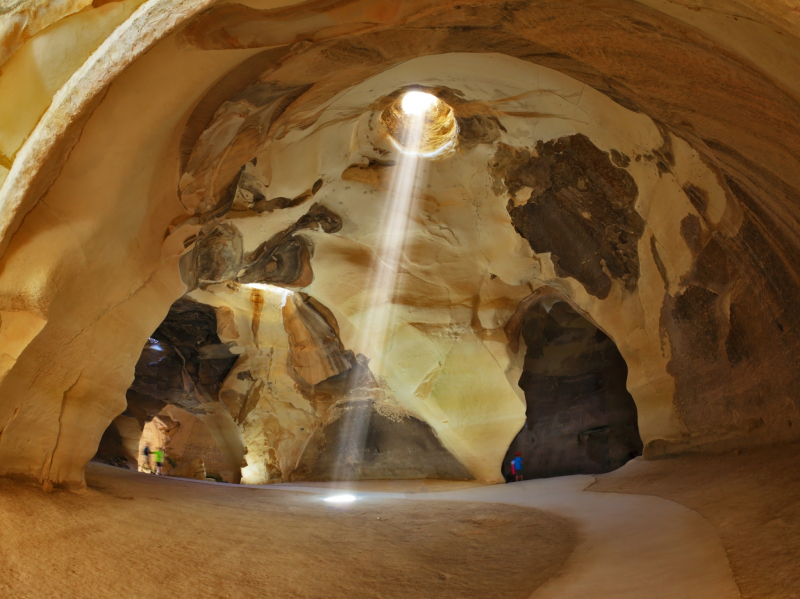
atlasobscura.com 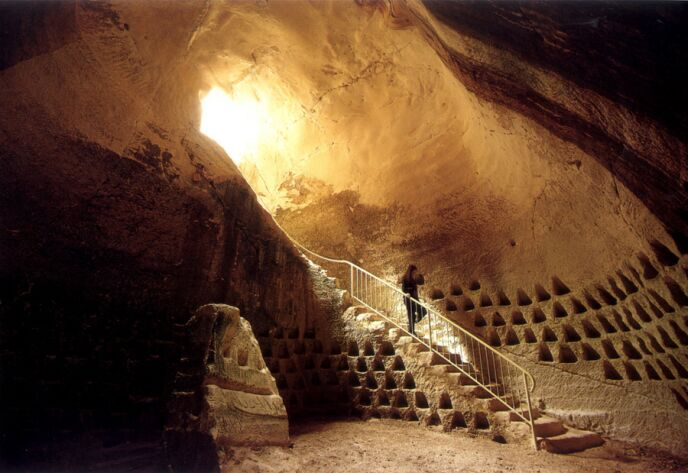
israel21c.org







